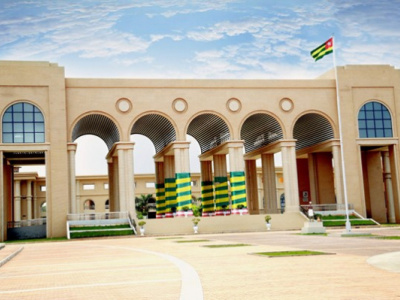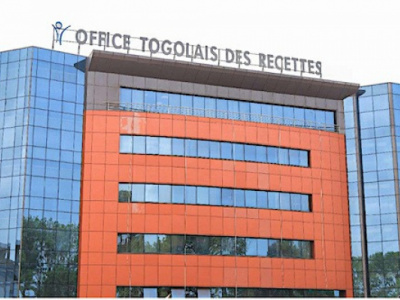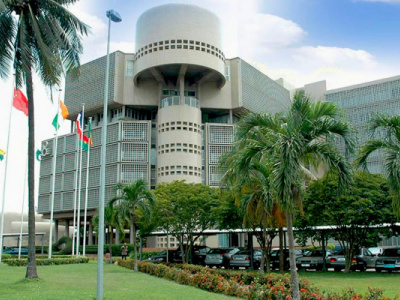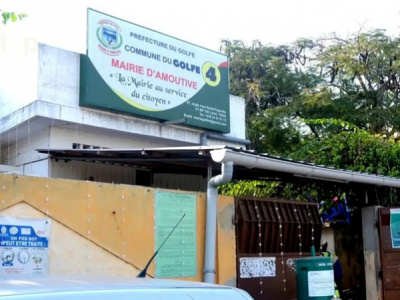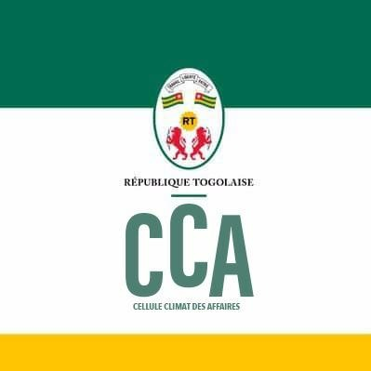With the support of India, the Fazao-Malfakassa national park is about to be recognized by the UNESCO as a “biosphere reserve”
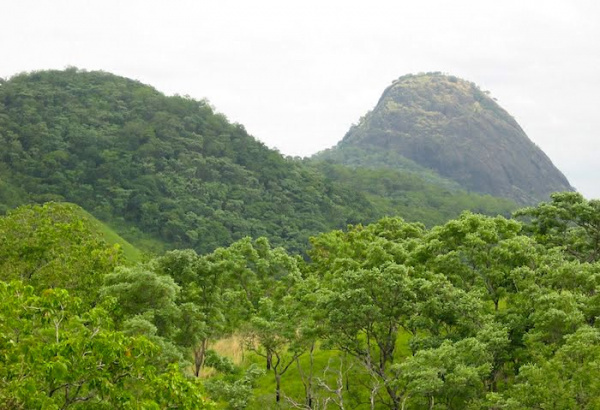
(Togo First) - Recognized as a national park in 1975 and recommended, along seven other sites in Togo, to be listed on the UNESCO’s world’s cultural heritage in 2001, the Fazao-Malfakassa national park is about to be recognized as a biosphere reserve.
This title is given by the UNESCO to protected areas that contribute to reduction of biodiversity loss, improve local populations’ livelihood as well as easing social, economic and cultural conditions to make environments more sustainable.
According to the UN institution, the park’s efforts to improve livelihood, in a manner that respects biodiversity, and become a reference in terms of sustainable development were strengthened with a $1 million facility provided by the UN-India Fund in the framework of a development partnership.
Entitled : “Biodiversity actions in the Fazao-Malfakassa national park : a way to reduce poverty, preserve biodiversity and achieve sustainable development, this project which was submitted by the government and approved by the Fund, will be implemented by the UNESCO and Togo’s ministry of environment,” says Yao Ydo, regional director UNESCO. It will among others “foster small bee keeping activities, carbon sequestration in the biomass, protection of water basins, as well as bio-prospecting or ecotourism in Togo,” he added.
Spanning more than 192,000 ha, the Fazao-Malfakassa national park is located in Togo’s central region. It hosts beautiful gallery forests, fertile plains, large mammals, birds, reptiles and primates. It is towered by an eponymous chain of mountains.
The seven other sites on the tentative list submitted to the UNESCO in 2001 are: Lomé’s governor’s palace, Woold Home (Slavery site in Agbodrafo), the Kéran national park, the Oti and Alédjo fauna reserves, the Aného-Glidji agglomeration, the Nok and Mamproug cave dwellings and the traditional homes of the Batammariba in Tamberma.
Fiacre E. Kakpo



